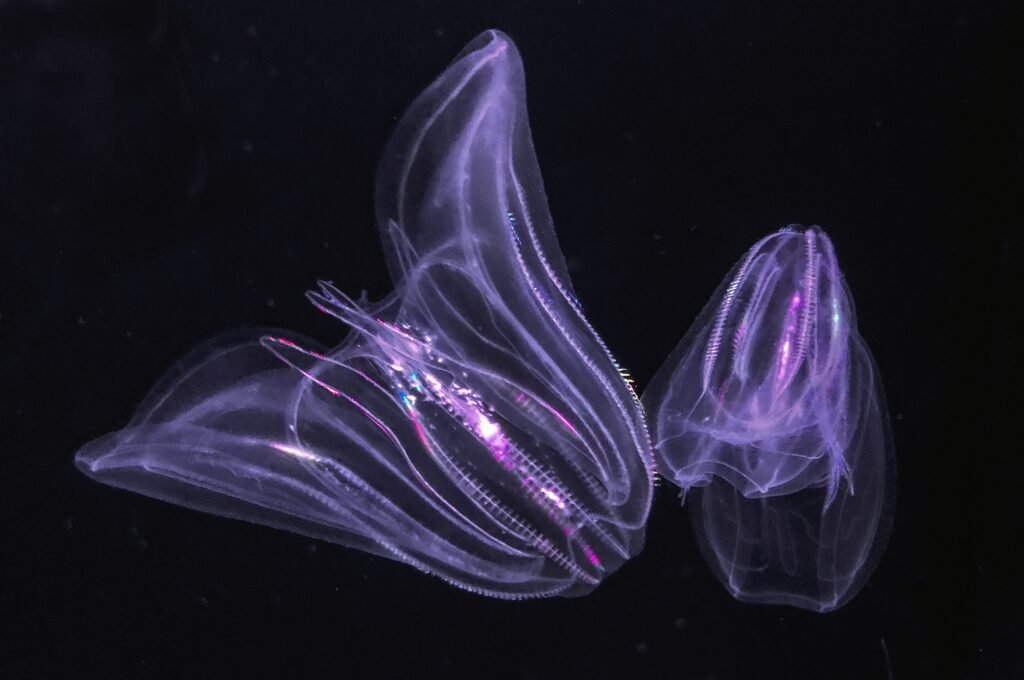Japan made first mental images of world using AI technology
Scientists from Japan made the first-ever mental images of the world by using the technology of artificial intelligence (AI). Japanese scientists have created the world’s first mental images of objects and landscapes using human brain activity with AI.
The researchers from the National Institutes of Quantum Science and Technology (QST) and Osaka University created these images. This technology, known as “brain decoding,” by which Japan made the first-ever world’s mental images. It allows for the visualization of perceptual contents based on brain activity.
It has the potential to be used in medical and welfare areas. The international scientific journal Neural Networks has published the results of this research.
Breakthrough in Imaging Technology
Japanese scientists were able to create rough images of a leopard with a recognizable mouth, ears, and spotted pattern. As well as objects such as an airplane with red lights on its wings.

Previous research has shown that images viewed by human participants may reconstructed from brain activity. It may record it using functional magnetic resonance imaging, or fMRI. But only in certain areas such as alphabetical letters.
Based on earlier methodologies, the researchers created a technology that counts brain activity and enables generative AI to draw images alongside predictive algorithms to recreate complicated objects.
Participants saw 1,200 photographs of objects and landscapes during the research. They examined the relationship between their brain signals and the images and measured using fMRI. The same photos were fed into the generative AI to discover their relationship to brain activity.

Click here to read the updates on the mud lake on Mars that may hide signs of life
According to QST researcher Kei Majima, this is the first time that humans have been able to look inside another person’s mind.
Kei went on to say people have used microscopes and other tools to see a world that was far from their sight. But they have never been able to enter a person’s head.
The researchers believe that the technology has potential applications in communication device development. And in studying the brain mechanisms controlling hallucinations and dreams.
Read More:
- Sea creature turns into a baby when it is stressed out showing time travel
- Realme Narzo 70 Turbo 5G launch date, features, specifications & price
- European Space Agency printed 3D metal part in space for first time
- Earth’s mysterious Alaska triangle where over 20,000 people disappeared
- Philips Hue launched a new smart lighting solution for kitchen
- NASA to launch life-searching spacecraft to Jupiter’s moon Europa
Share this content:










Post Comment